This article explains how to automatically start or open programs in Windows 11.
Windows allows programs to automatically configure themselves for startup. Programs designed to start automatically will do so every time Windows boots up.
Programs that are not designed to start automatically must be configured to start manually.
This is particularly beneficial for programs that you use often, like a web browser or an email client. It’s also useful for applications that need to operate in the background, such as antivirus software or backup tools.
Find Program Details
Windows has a Startup folder that automatically starts any program added to the folder. To auto-start a program, you should know some details of the programs you wish to start.
For example, if you wish to start the Microsoft Edge browser after logging in, you’ll need to find out what commands, switches, or options are used to start Edge Up.
You can find that out easily by looking at the program’s properties page.
Right-click the Edge icon and select Properties, as highlighted below for Edge.
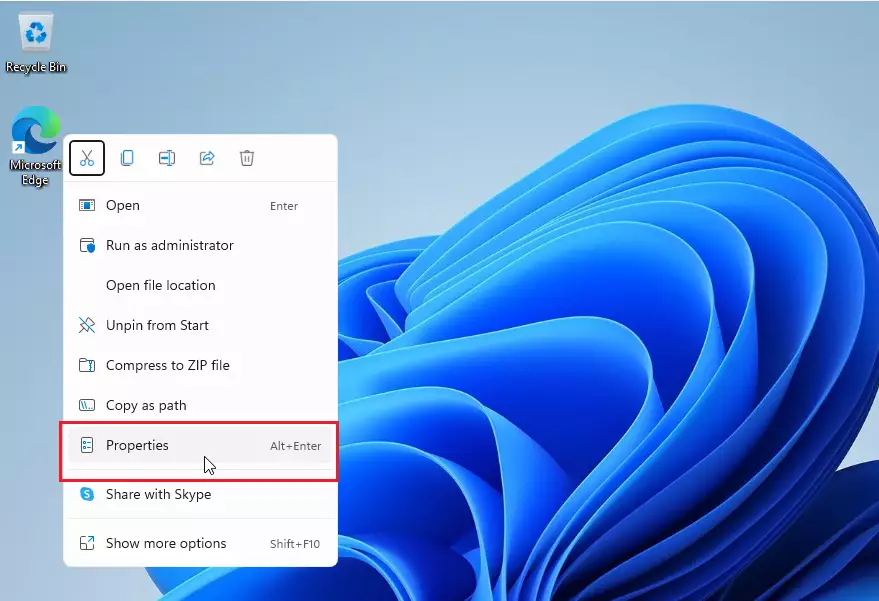
When the program’s properties page opens, on the Shortcut tab, take notes of the program’s Target path. Or click the button to Open the File Location of the program. The Target path has the program’s executables.
Microsoft Edge is located in:
"C:\Program Files (x86)\Microsoft\Edge\Application\msedge.exe"
Take notes of the program’s target and copy.
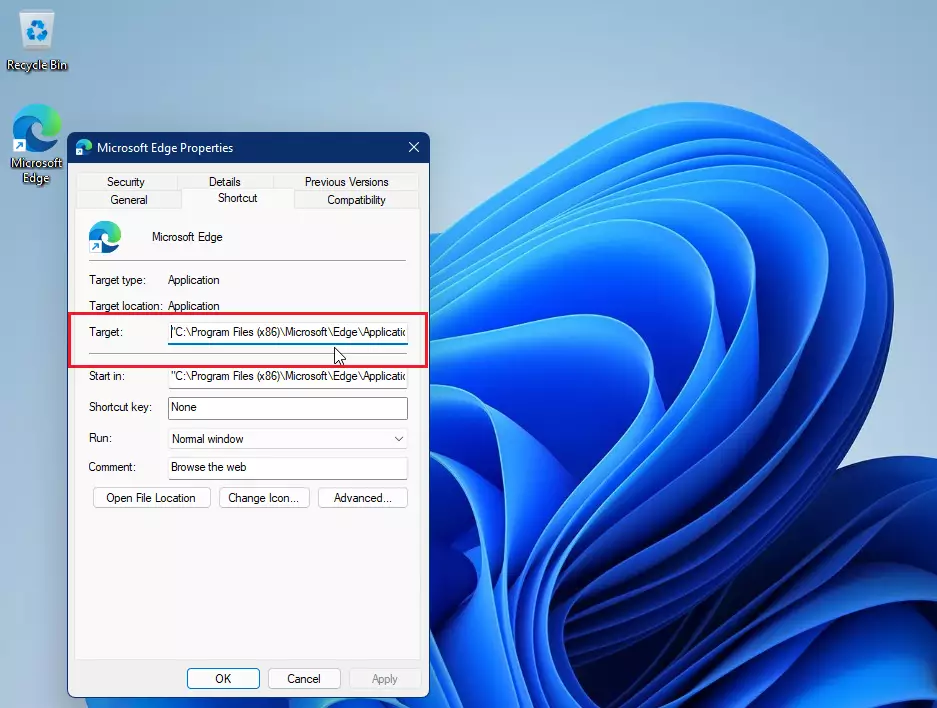
Automatically Start Programs in Windows 11
With the program’s details you discovered above, press the Windows key + R on your keyboard to open the Run box.
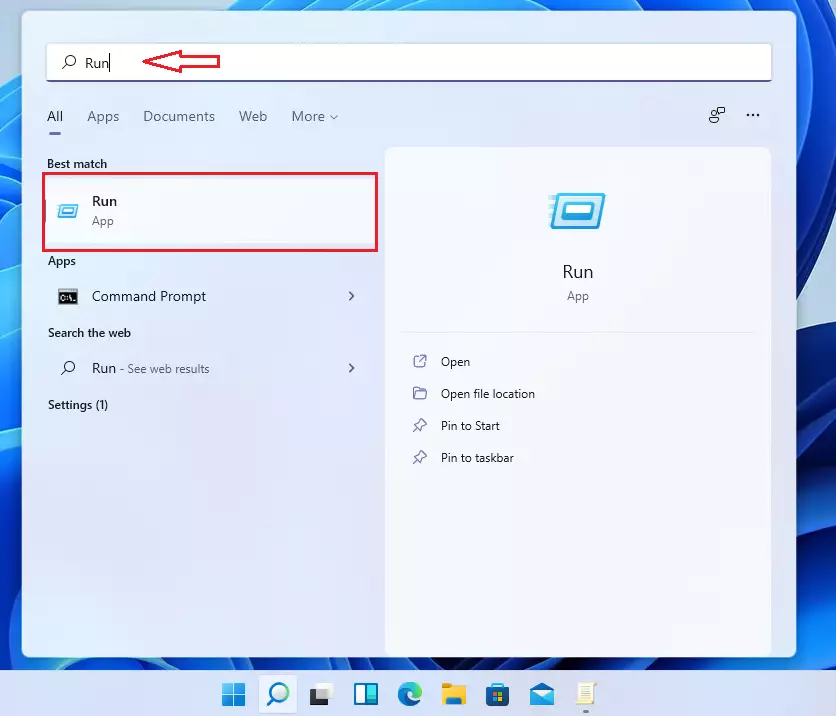
In the box, type this command and press Enter.
shell:startup

When you press Enter, it will open the Windows program startup folder. Right-click a blank area from there and select New item –> Shortcut, as highlighted below.

Now copy the program’s Target path you copied above and click Next.

Type a name for the shortcut and finish.
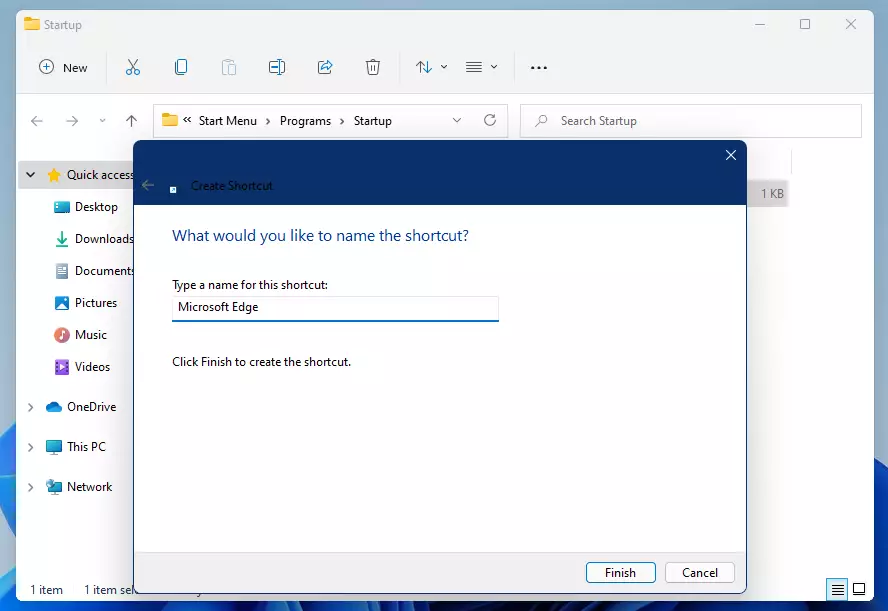
When you’re done, a new shortcut will be created in the Startup folder.

That’s it!
Whenever you log in to Windows, Edge will automatically start and open up.
Take a look at Windows Task Manager. You should see Edge as starting up.
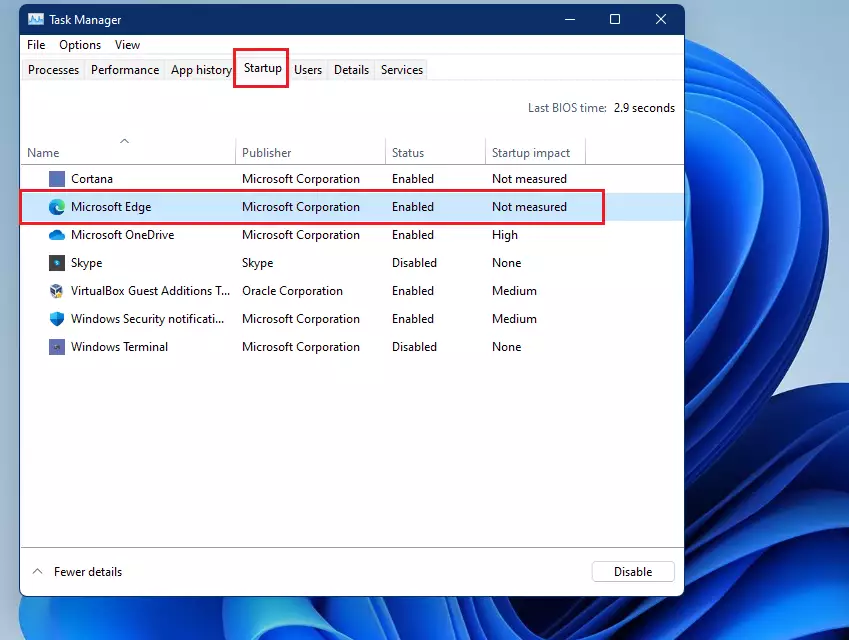
You can also create startup programs from the Task Manager Startup tab. Click File and select Run new task.
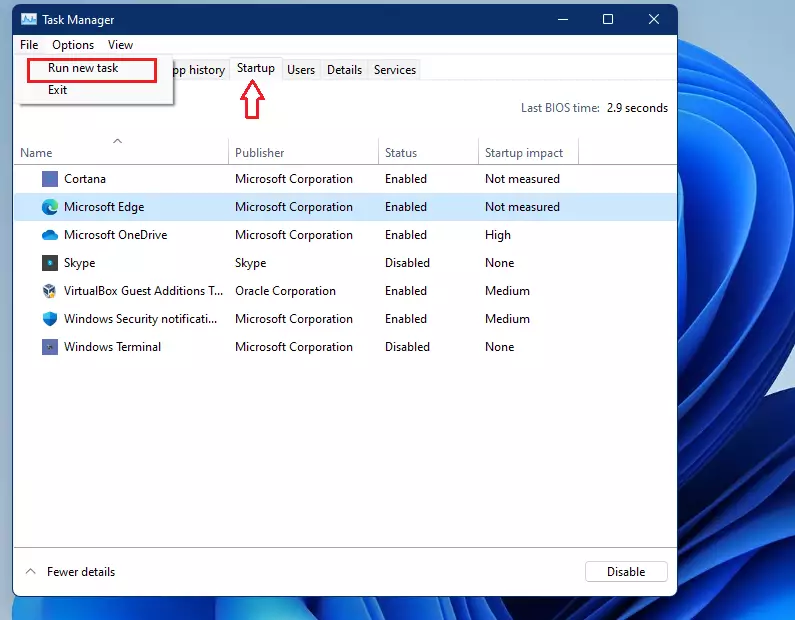
The task wizard shows up with the same shell startup command used above. This time, you can start programs with administrative privileges.
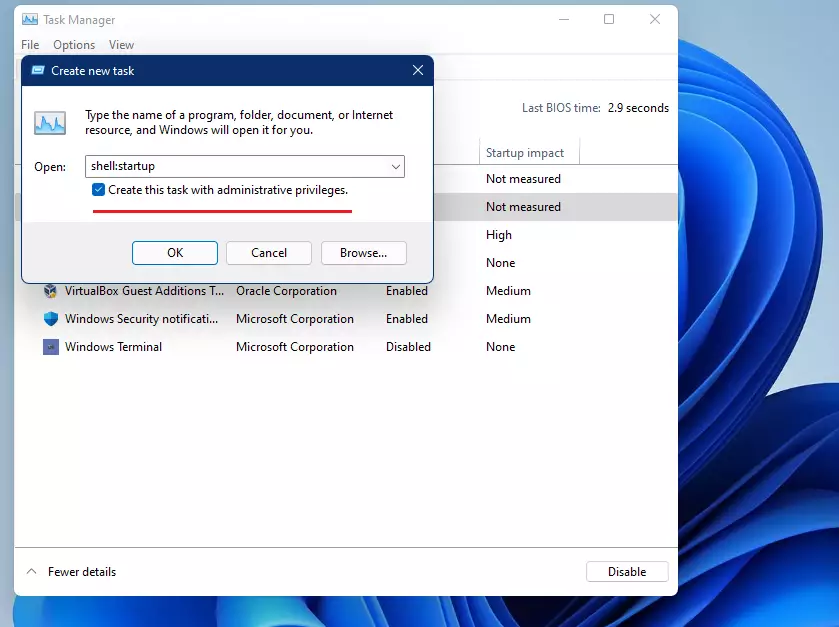
That should do it!
Conclusion:
- Automatically starting programs in Windows 11 enhances productivity and streamlines your workflow.
- Using the Startup folder or Task Manager, you can easily configure programs to launch at startup.
- This feature is particularly useful for frequently used applications and background tools such as antivirus and backup software.
- By following the steps outlined, you can save time and ensure essential applications are ready to use immediately upon logging in.
- With a few simple configurations, your computing experience can become significantly more efficient and tailored to your needs.

Leave a Reply